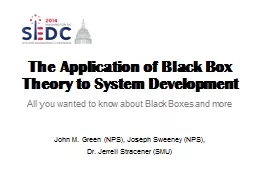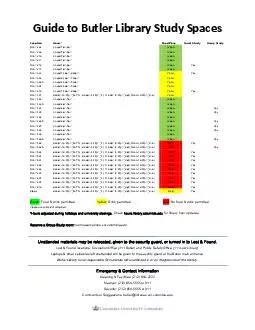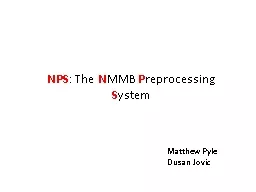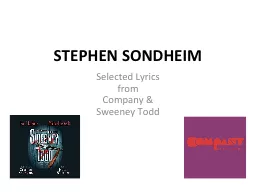PPT-John M. Green (NPS), Joseph Sweeney (NPS),
Author : tatiana-dople | Published Date : 2017-03-23
Dr Jerrell Stracener SMU The Application of Black Box Theory to System Development All you wanted to know about Black Boxes and more Overview The concept of black
Presentation Embed Code
Download Presentation
Download Presentation The PPT/PDF document "John M. Green (NPS), Joseph Sweeney (NPS..." is the property of its rightful owner. Permission is granted to download and print the materials on this website for personal, non-commercial use only, and to display it on your personal computer provided you do not modify the materials and that you retain all copyright notices contained in the materials. By downloading content from our website, you accept the terms of this agreement.
John M. Green (NPS), Joseph Sweeney (NPS),: Transcript
Download Rules Of Document
"John M. Green (NPS), Joseph Sweeney (NPS),"The content belongs to its owner. You may download and print it for personal use, without modification, and keep all copyright notices. By downloading, you agree to these terms.
Related Documents














